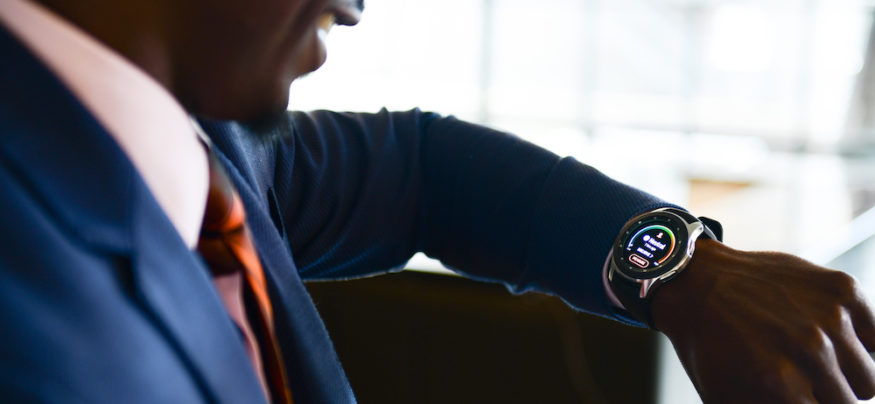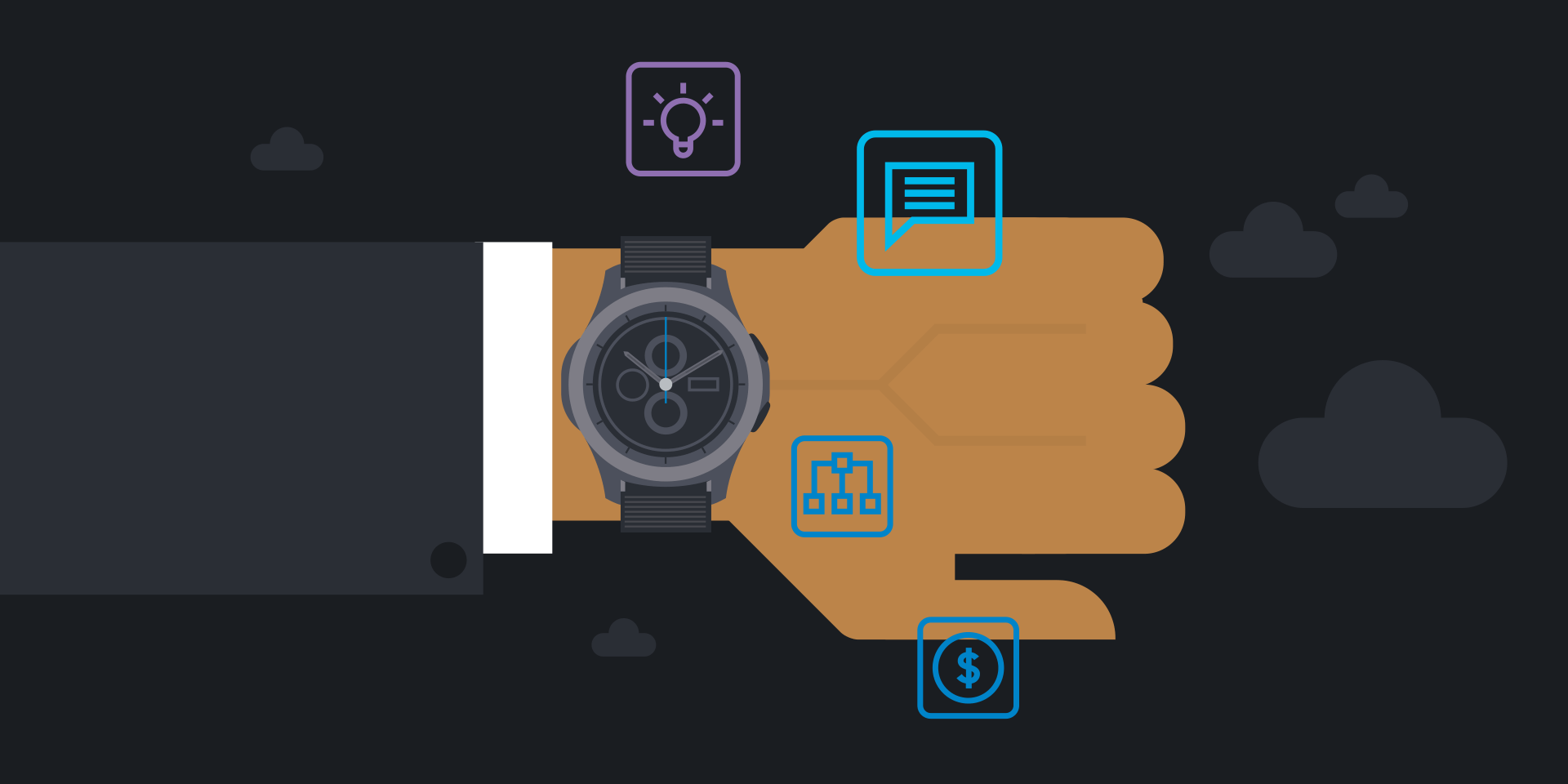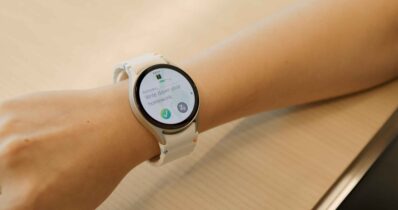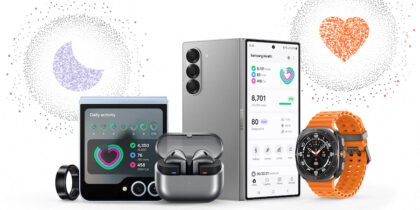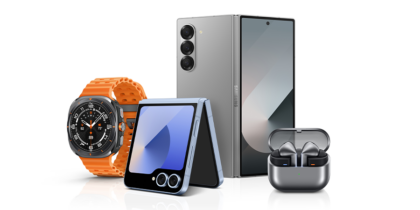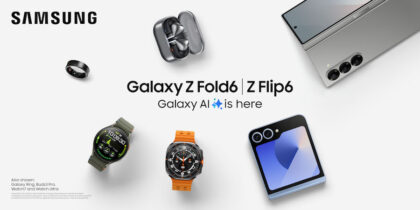In businesses around the world and across a variety of industries, laptops, tablets and handheld mobile devices are being replaced or supplemented by wearables like the Samsung Galaxy Watch. Implementing these wrist-worn devices at places like Viceroy L’ Ermitage Beverly Hills and HSBC has helped staff provide faster, more personalized guest service with less disruption to the customer experience.
With wearable devices, the staff doesn’t have to lose eye contact with guests and stop what they’re doing to open up a laptop or take out a phone from their pocket, find and read a message when alerts come in. Instead, a simple vibration lets them know they have a message and the staff member can quickly glance at the watch and read the short alert without breaking focus.
Similarly, other lines of business are also finding that wearables are an extremely useful tool for getting work done. From restaurant servers to field workers to cleaning and maintenance staff, having a hands-free communication device that is always accessible can greatly increase productivity and make it easier to manage work tasks.
However, as smartwatches become more prevalent, many businesses are also concerned about their security. Should they trust wearable devices to protect their business data? How can they manage the devices for better security?
Data Security
Often, a business’ biggest security concern is whether company data on a mobile device is secure. Of course, one of the biggest risks to data security is a lost or stolen device, which becomes much less likely to occur with smartwatches that are strapped onto employees’ wrists at all times and therefore not nearly as easy to lose or forget.
Customizing Wearables in the Workplace
Learn how to develop new and innovative wearable apps tailored precisely to your business needs. Download Now
However, the Samsung Galaxy Watch, which runs on the Tizen operating system, offers additional data security thanks to Samsung Knox. Samsung Knox on Tizen protects personal and business data residing on the device with features such as:
- Root of trust, which securely stores keys, certificates and sensitive data related to users and their password-protected apps in the TrustZone
- Trusted boot, which checks if booting components have been tampered with
- Kernel protection, which provides real-time monitoring and protection of the OS kernel
- Security enhancement for Tizen, which defines which apps can access particular files and resources to improve Tizen platform security
IoT Security
Another security concern for businesses is whether data and devices are secure when connected to other devices or the Internet of Things (IoT). The good news is that wearable devices can be part of a trusted ecosystem of devices without compromising security. For example, when wearables communicate with other devices in the ecosystem, devices can validate the wearable and automatically unlock when the wearable is in the vicinity. However, once the user and the wearable are no longer in the area of the device, these devices lock down. This is a useful feature for many businesses, especially those looking to replace keycards that are easily lost or stolen compared to a wearable strapped to a user’s wrist. It also ensures that data between devices is unlocked only when there is appropriate validation.
Device Manageability
As wearable devices become more prevalent, mobile device management (MDM) also becomes a primary concern. Samsung SDS’s EMM for Wearables allows IT administrators to manage wearable devices and applications in a way that simplifies device administration while also enhancing workforce efficiency.
EMM for Wearables features include:
- Remote wipe
- Device authentication
- One-time password device lockdown
- Application updates and downloads restrictions
- Whitelisting/blocklisting to control which apps are approved on the device
- Tracking for lost or stolen devices
Managing wearable devices also means needing to have access and policy controls deployed before the smartwatch powers on for the first time. That solution can come from the implementation of Knox Configure, which lets IT administrators customize and tailor settings for specific user needs out-of-the-box, including access management. Knox Configure also enables the ability to customize, configure and apply restrictions.
Customize
- Set default watchface: Push watchface apps and set default watch face.
- Deploy boot up and shutdown animation: Set custom boot up and shutdown animation file to device.
- Deploy apps: Remotely install apps on wearables. Manage whitelists and blocklists to keep devices secure and productive.
Configure
- Connectivity settings: Wi-Fi, mobile data, Bluetooth, GPS, data roaming, airplane mode, APN settings.
- Apps: Install apps from Galaxy App store.
- Remap hardware keys: Remap specific app launch to hardware key actions.
Restrictions
- Power off, factory reset, screen captures, software update.
Smartly Secure
As Viceroy quickly discovered, the investment in wearables is a smart one. Just days into the project, the hotel’s results were already positive. “This is going to affect the department’s speed, efficiency and operation. It helps the hotel employees and it helps the guest as well,” said Darren Clark, vice president of technology at Viceroy Hotels and Resorts.
Knowing that the devices are also secure and easy to manage from an IT administrative standpoint adds an additional layer for peace of mind.
Learn more about how wearables like the Samsung Galaxy Watch can elevate your business.
